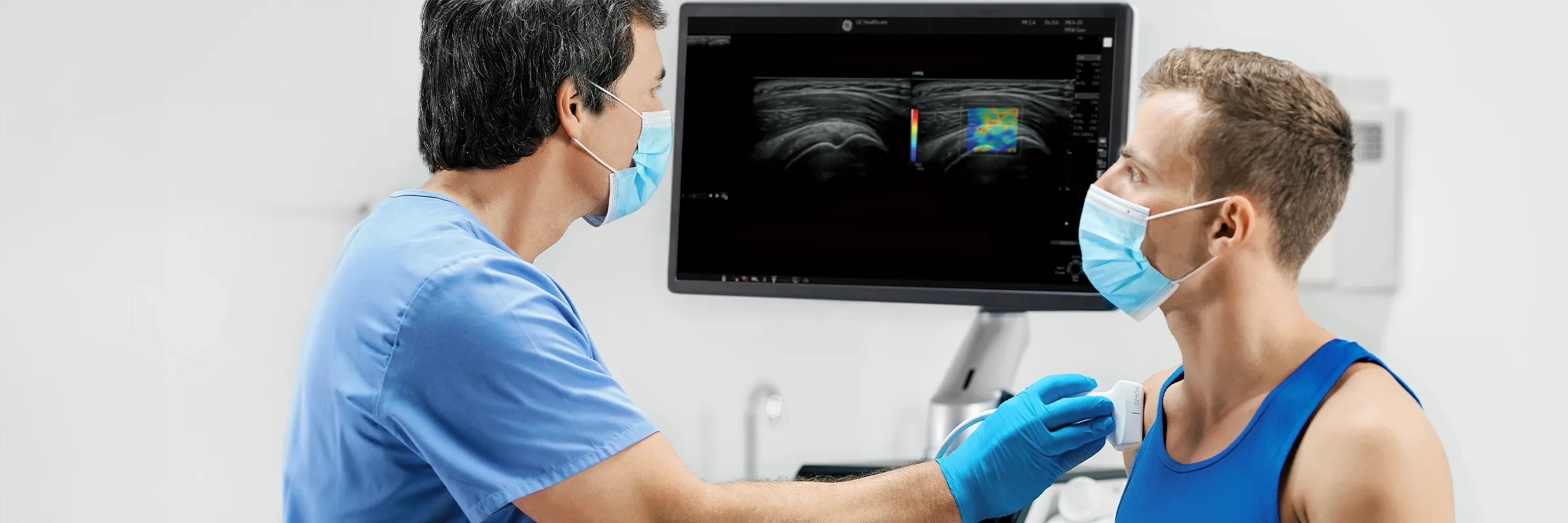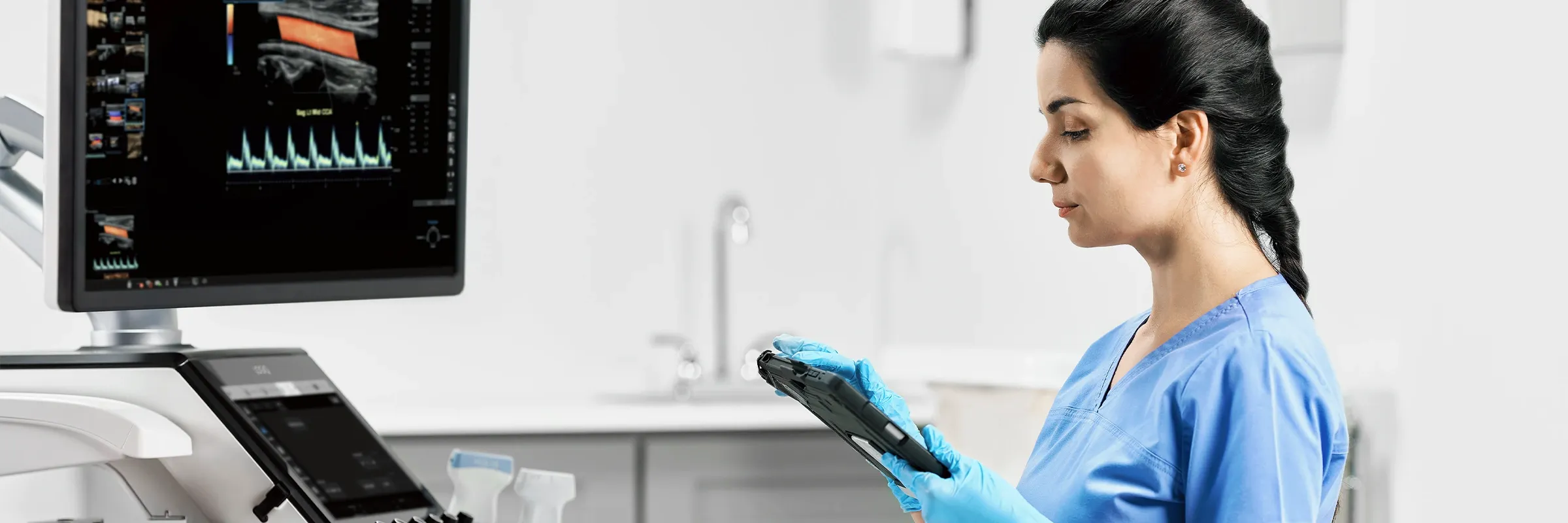The German Society for Ultrasound in Medicine (DEGUM) highlights that ultrasound examinations can detect liver steatosis long before the first symptoms appear. Elastography, an advanced ultrasound technique, can also quantify the extent of liver damage. Contrast-enhanced sonography (CEUS) has proven particularly effective in diagnosing liver cancer and has been able to reliably detect cancer in over 90% of cases in patients with cirrhosis in a DEGUM study.

Early Detection is Crucial
Therefore, ultrasound examinations are vital in the diagnosis and monitoring of liver diseases. Liver damage usually causes no pain, and fat deposits often go unnoticed for years. Symptoms such as fatigue are rarely associated with the liver, making it crucial to identify at-risk groups early on.
The causes of fatty liver are diverse. Besides inflammation caused by hepatitis viruses or excessive alcohol consumption, NAFLD is a common diagnosis often resulting from long-term poor dietary habits and lack of physical activity. Specifically, obesity, a persistently high blood sugar level, elevated blood lipid levels, and hypertension are considered risk factors. Fat- and sugar-rich foods can also promote the development of non-alcoholic fatty liver. Given these risk factors, an ultrasound examination is recommended to identify potential liver steatosis – this applies to overweight children as well.
Without treatment, fatty liver can lead to inflammation, eventually resulting in scarring of the liver tissue. In advanced stages, liver function decreases. Progressive scarring or fibrosis, which can lead to cirrhosis, occurs in about 5 to 10 percent of individuals with NAFLD. Since there are currently no specific medications available for the treatment of NAFLD, DEGUM says that diagnostics and progression assessment particularly aim at the timely recognition of complications.
More Possibilities with Ultrasound
The applications of ultrasound are varied: In addition to revealing the degree of liver damage through elastography, which measures the stiffness and thus the extent of scarring, regular ultrasound examinations can enable the early detection of liver cancer in advanced fibrosis.

Contrast-enhanced ultrasound (CEUS) plays a crucial role in the accurate identification of suspicious lesions. Overall, ultrasound is of great significance for the diagnosis and progression monitoring of fatty liver diseases, often allowing the avoidance of invasive methods such as biopsies.
GE HealthCare offers comprehensive solutions for the treatment of liver diseases, enabling early detection and thus contributing to the optimization of patient care. The LOGIQ ultrasound systems are a crucial support in the management of liver diseases, assisting physicians and patients from initial screening through to diagnosis, treatment, and follow-up.
For further information about the innovative LOGIQ ultrasound solutions for hepatology, please visit here.
JB01266AFG



 Clinical specialty
Clinical specialty











